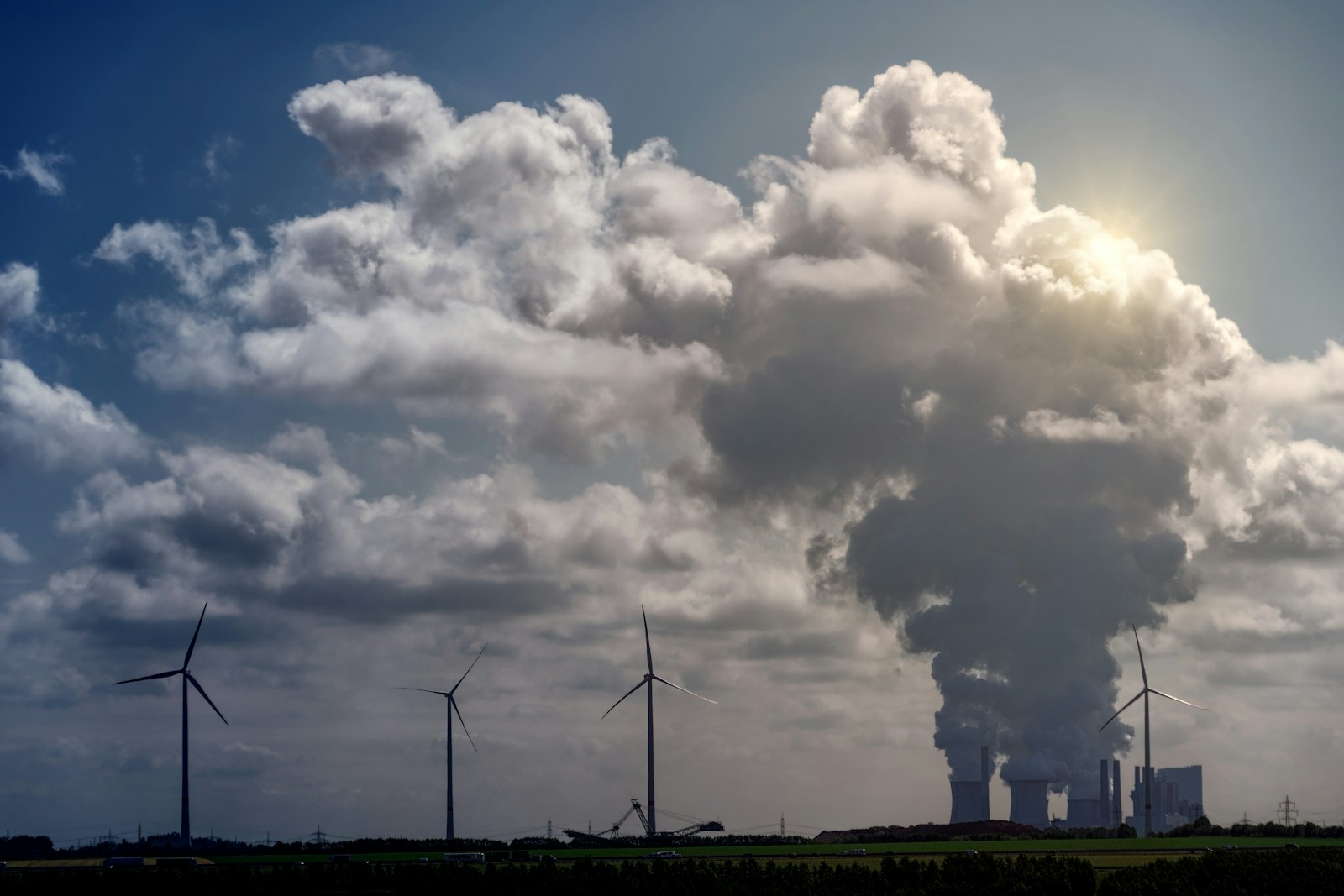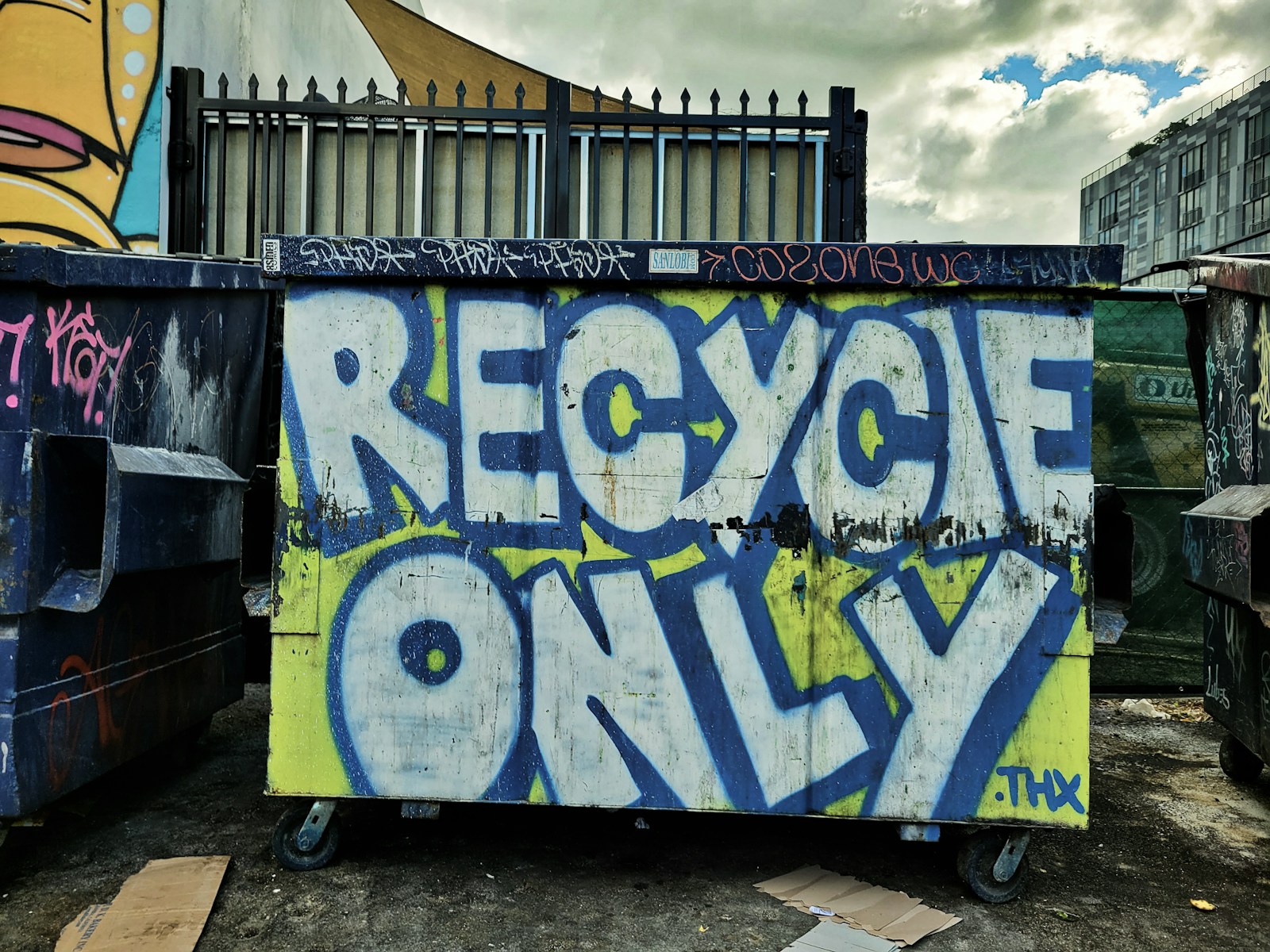Everyone Wants Green Energy, Nobody Wants to See It: Solving the NIMBY Problem

Ask almost anyone if they support transitioning to clean, renewable energy, and the answer will be a resounding "yes." The urgency of climate change has created a broad public consensus. Yet, a strange paradox is unfolding in communities across the globe. While support for renewables is high in the abstract, specific projects on the ground are facing fierce local opposition. From wind turbines on rural ridgelines to solar farms on agricultural land, a wave of "Not In My Backyard" (NIMBY) sentiment is stalling, and in some cases, killing the very projects we need to build our clean energy future. This social and political hurdle is proving to be just as challenging as any engineering problem in the energy transition.
The opposition to renewable energy projects stems from a complex mix of legitimate concerns and misinformation. Residents living near proposed wind farms often worry about the visual impact on scenic landscapes, the noise produced by the turbine blades, and potential effects on property values. There are also valid ecological concerns, such as the impact on bird and bat populations. For large-scale solar projects, the primary issue is land use. Converting thousands of acres of farmland or natural habitat into a sea of photovoltaic panels raises questions about food security and biodiversity. These concerns are often amplified by organized disinformation campaigns that spread unsubstantiated claims about health impacts or grid instability.
To dismiss all local opposition as simple selfishness is a mistake. People's connection to their landscape is real, and the concerns about the industrial scale of modern energy projects, regardless of the source, are understandable. The failure of many renewable energy developers has been a "top-down" approach, where they acquire land and permits with little genuine community engagement, presenting their plans as a done deal. This approach breeds resentment and mobilizes opposition, turning potential allies into adversaries. If the energy transition is perceived as something being done to a community, rather than with or for it, resistance is almost inevitable.
Solving the NIMBY problem requires a toolkit that blends social science, innovative engineering, and smarter policy. A key strategy is to ensure that local communities see a direct financial benefit from hosting a project. This can take the form of "community benefit agreements," where the developer funds local infrastructure projects, or models that allow local residents to co-own a portion of the solar or wind farm, receiving a share of the revenue it generates. When residents become stakeholders instead of just bystanders, the dynamic of the conversation changes dramatically.
Engineering and design can also play a crucial role. The field of "agrivoltaics," for example, explores co-locating solar panels and agricultural activities on the same land. Raising panels high off the ground allows for crops to be grown underneath or for livestock to graze, mitigating the land-use conflict. Thoughtful siting of wind turbines, using advanced modeling to minimize visual and noise impacts on nearby homes, can also help to alleviate concerns. Moving projects offshore, particularly for wind, is another effective strategy for bypassing land-use conflicts altogether, though it comes with its own set of engineering and cost challenges.
Ultimately, the pace of our energy transition may depend less on the cost of a solar panel and more on our ability to build a social consensus, one community at a time. This requires a new playbook for developers, one that prioritizes early and transparent communication, active listening, and a willingness to share the economic rewards of the clean energy economy. We need to build not just wind turbines and solar farms, but also trust. Without it, our renewable energy goals will remain stuck on the drawing board, victims of a backyard revolt.



